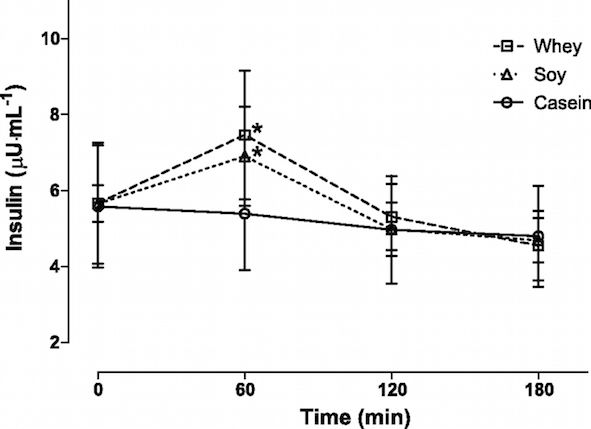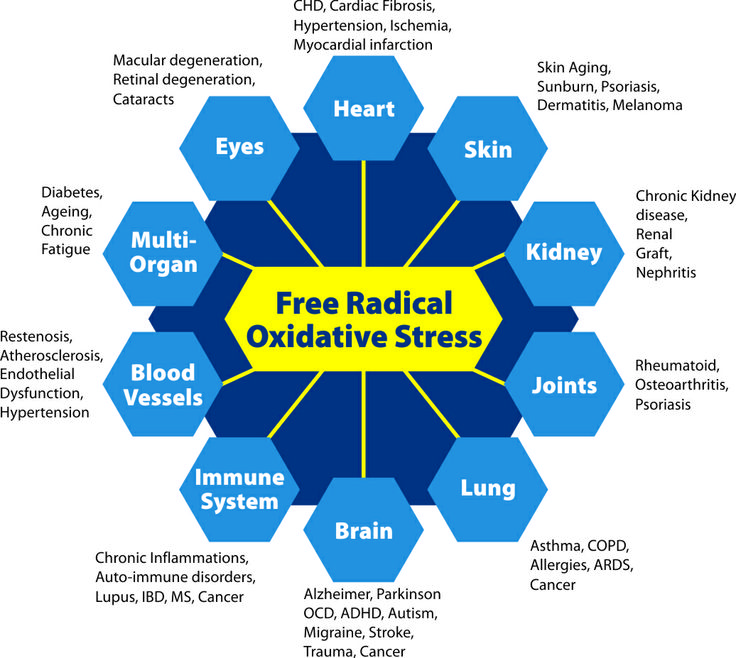If you’ve completed Live It NOT Diet!, you understand that dairy is best consumed in it’s full fat form (heavy cream, aged cheeses, and butter). Mainly because that’s where most of the benefit lies (when dealing with the pasteurized variety), but also because it contains minimal amounts of lactose and whey.
[Lactose is the sugar in dairy that a sizeable portion of the population has trouble breaking down, and whey is the liquid protein that gives us a ginormous insulin spike we’re better off avoiding when possible.]
But that being said, whey is somewhat of Friend & Foe, or Bittersweet Food – as clearly we should avoid it on a regular basis to stay lean, insulin sensitive, and disease-free, but it’s also unique in it’s ability to stimulate MPS (Muscle Protein Synthesis).

Realistically, a variety of dietary proteins (beef, egg, etc), can be beneficial following resistance training (1, 2, 3), but they differ significantly in their capacity to stimulate protein synthesis. With research consistently showing greater elevations following the consumption of whey and bovine milk compared to other isolated proteins (casein, soy) because of it’s richness in the essential amino acids (EAAs) that promote muscle growth (1, 2, 3, 4)

The reason Leucine is mentioned in the chart above is because it’s the most critical (1, 2, 3, 4, 5, 6). And aside from the health benefits (that we’ll discuss shortly), this is the main reason whey comes so highly recommended for post-workout nutrition – it has the highest level of EAAs, and Leucine specifically.
The other reason whey is a superior post-workout beverage for maximizing muscle gains is because it’s instantly absorbed. Unlike casein (the solid protein in dairy), which coagulates in stomach acid and results in a slower absorption of amino acids:

And lower elevations in insulin.

This small difference leads to anywhere from a 68-122% greater increase in muscle protein synthesis when consuming whey instead of casein after exercise.
Whey is also significantly better than soy in its absorption speed, amino acid profile, and impact on MPS (1, 2). But frankly, we won’t go into great detail with that, as our discussion from Eat Meat And Stop Jogging should already have you avoiding it like the plague.
“Soy is toxic to humans whether it’s non-GMO, isoflavone-free, or whatever they’re trying to sell it as.”
Interestingly, even if we forget all the health consequences, soy protein isolate has actually been shown to decrease muscular strength, lower testosterone and increase cortisol when consumed post-workout. The exact opposite of what we get from whey, and the exact opposite of what we need to live a longer stronger life.
Whey Protein & Health
When it comes to dairy intolerance, we’re more likely to be sensitive to casein or lactose than the whey proteins (lactoferrin, albumin, and lactalbumin). Since whey is the predominant protein in breast milk (3:1) and is more easily digested by humans than the casein-dominated cow’s milk (1:4 ratio).
Fortunately, these whey proteins are also where the immune protecting antibodies (IgA) are located, and the amino acids that support the production of an extremely important antioxidant – called glutathione.
Several of the amino acids in whey protein (notably cysteine) help our body produce more glutathione (1, 2), which helps counteract free radicals and reduce our risk of the diseases associated with oxidative damage.

Despite being commonly blamed for allergic reactions, the glutathione supporting whey proteins (alpha-lactoalbumin, beta-lactoglobulin, lactoferrin, immune-globulin) in dairy have been shown to reduce eczema and asthma. And these glutathione producing properties are arguably why we see such an extensive list of health benefits attached to whey:
- Increasing serotonin and cognitive function (1)
- Improving vitamin A absorption (1)
- Inhibiting the growth of pathogenic bacteria (like E. coli) (1)
- Reducing oxidative stress and neutralizing toxins (1)
- Encouraging the growth of benefical (probiotic) bacteria (1)
- Protecting against tumor growth and reducing cancer risk (1, 2, 3)
- Reducing liver fat (1, 2)
- Improving bone healing and preventing bone loss (1, 2, 3)
- Increasing satiety and reducing food intake (1, 2)
- Improving fasting glucose and insulin sensitivity (1)
- Elevating resting energy expenditure (1)
- Reducing heart disease risk – blood pressure, lipid profile, and vascular function (1, 2)
- Improving symptoms of autism and depression (1)
Interestingly, the anti-cancer effects of whey protein (1, 2, 3) seem to cancel out any potential cancer-promoting effects that have been attributed to casein.
Not only suggesting that nature looks to protect us with the natural composition of whole foods (i.e. breast milk), but implying that if we’re going to choose a powdered protein to consume, whey makes the most sense.
Stay Lean!
Coach Mike
P.S. Before you go worrying about the casein content in full-fat dairy products, it’s important to understand that the casein-cancer correlation has only been shown in rats at EXTREMELY high doses. With the evidence suggesting that even if your diet was 20% cheese, your increased risk of liver cancer would be negligible.
Not to mention, the research is courtesy of the same vegan that did scientific gymnastics to bring us The China Study!
RELATED ARTICLES:
Why Protein After Resistance Training?
How Much Whey Protein After Exercise?
